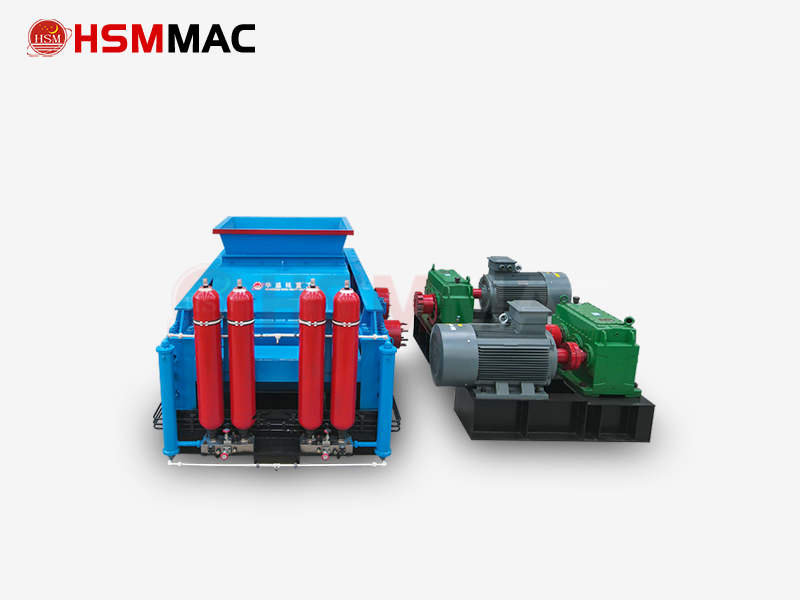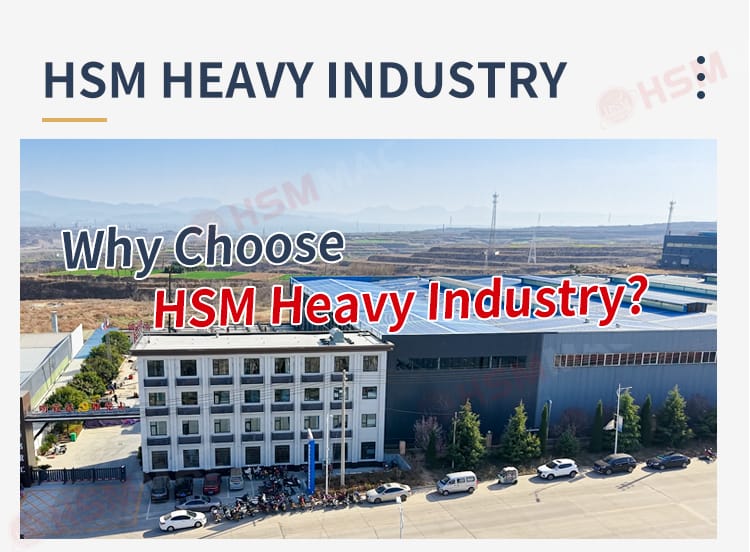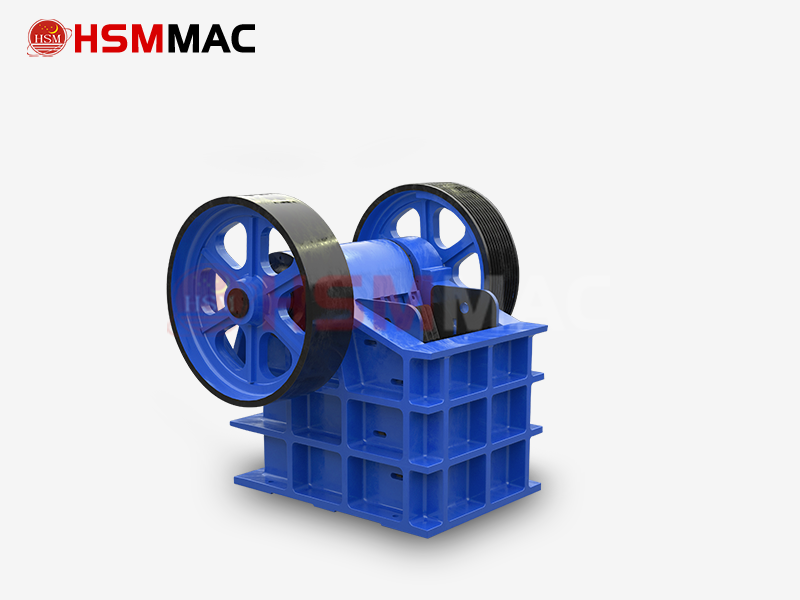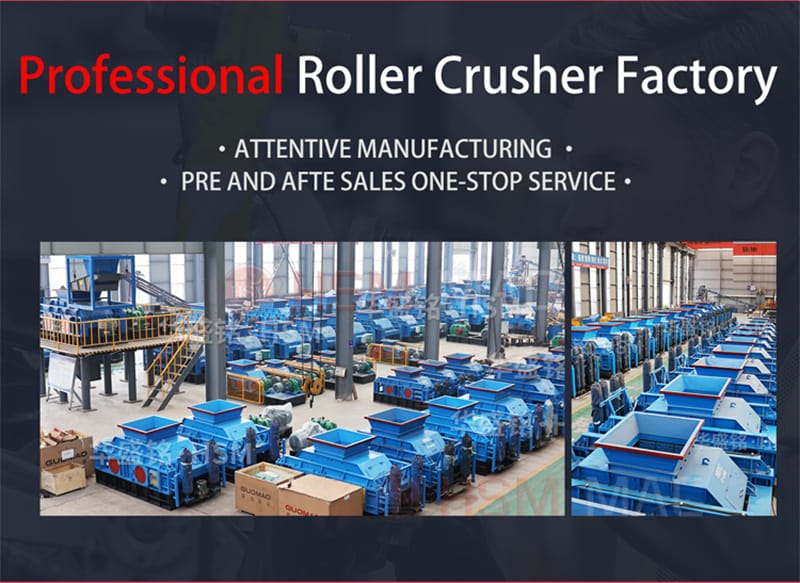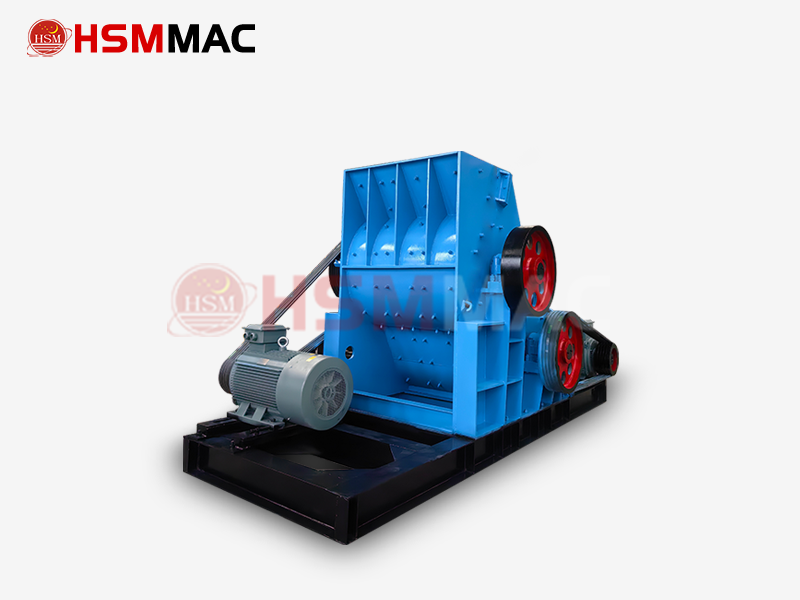Below are the advantages and differences between roll crushers and hammer crushers based on the search results provided:
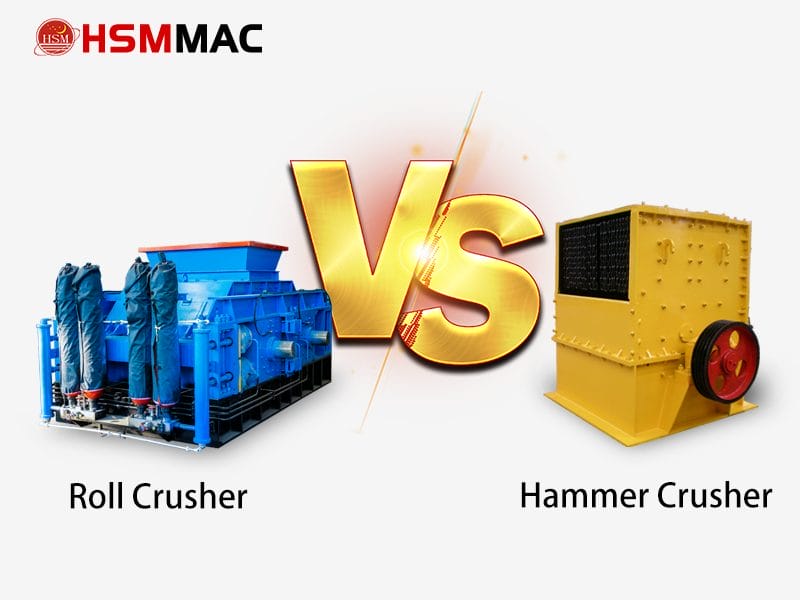
1. Structure and Working Principles
- Roller Crusher
- Structure: Consists of two counter-rotating rollers, an adjustment device (wedge or shim), and overload protection springs. Compact and simple design.
- Principle: Relies on high compression and shearing forces between rollers to crush materials. Offers precise control over output particle size (e.g., via shim adjustment).
- Advantages: Stable operation, minimal over-crushing, uniform particle size, and easy maintenance (replaceable roller surfaces).
- Hammer Crusher
- Structure: Comprises a rotor, hammers, and grate bars. Crushing occurs via high-speed hammer impacts.
- Principle: Uses kinetic energy from rotating hammers to break materials. Suitable for coarse and medium crushing (crushing ratio up to 40).
- Advantages: High throughput (up to 3,000 tons/hour), efficient for large-sized feed materials (up to 1,800 mm).
2. Applicable Materials and Scenarios
- Roller Crusher
- Materials: Best for brittle materials with medium hardness (e.g., coal, limestone, granite) and low moisture content (≤6%).
- Scenarios: Ideal for fine crushing (e.g., producing sand from materials like guamishi), where uniform particle size and minimal fines are critical.
- Limitations: Not suitable for high-hardness or irregularly shaped materials.
- Hammer Crusher
- Materials: Suitable for brittle materials with medium hardness (e.g., limestone, coal) and compressive strength ≤100 MPa.
- Scenarios: Efficient for primary and secondary crushing in industries like cement and metallurgy.
- Limitations: Prone to clogging with high-moisture/sticky materials; rapid wear when processing hard materials.
3. Economic and Maintenance Costs
- Roller Crusher
- Energy Efficiency: Lower energy consumption due to compression-based crushing.
- Maintenance: Longer lifespan of rollers (e.g., annual replacement) and lower failure rates reduce long-term costs.
- ROI: Higher initial investment but faster payback due to lower operational costs.
- Hammer Crusher
- Energy Use: Higher energy demand for impact crushing.
- Maintenance: Frequent replacement of hammers and grate bars increases downtime and costs.
- ROI: Suitable for short-term, high-volume projects but higher long-term expenses.
4. Performance Comparison
| Criteria | Roller Crusher | Hammer Crusher |
|---|---|---|
| Crushing Ratio | 5–15 | 10–40 (up to 150) |
| Product Particle Size | Uniform, less over-crushing | Irregular particles, more fines |
| Moisture Tolerance | Sensitive to high moisture (risk of clogging) | Tolerates moderate moisture but clogs at high levels |
| Wear Resistance | Durable roller surfaces | Rapid hammer wear |
5. Selection Recommendations
- Choose a Roller Crusher if:
- Processing medium-hard, brittle materials with low moisture (e.g., sand production, coal crushing).
- Prioritizing energy efficiency, uniform output, and low maintenance.
- Choose a Hammer Crusher if:
- Handling large-sized, medium-hard materials for coarse crushing (e.g., limestone in cement plants).
- High throughput and rapid processing are critical, despite higher wear costs.
For specific applications like andesite crushing, roller crushers are more durable due to high-wear-resistant rollers, while hammer crushers struggle with hard materials.










